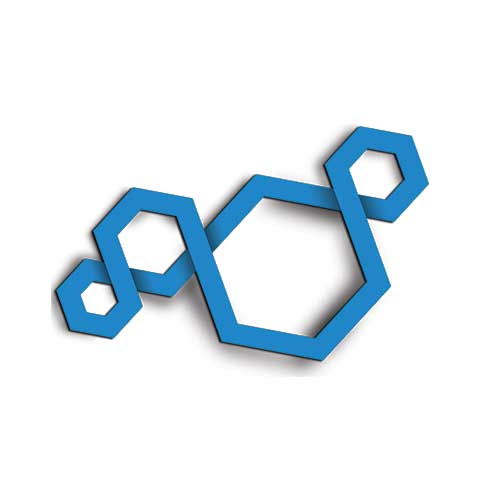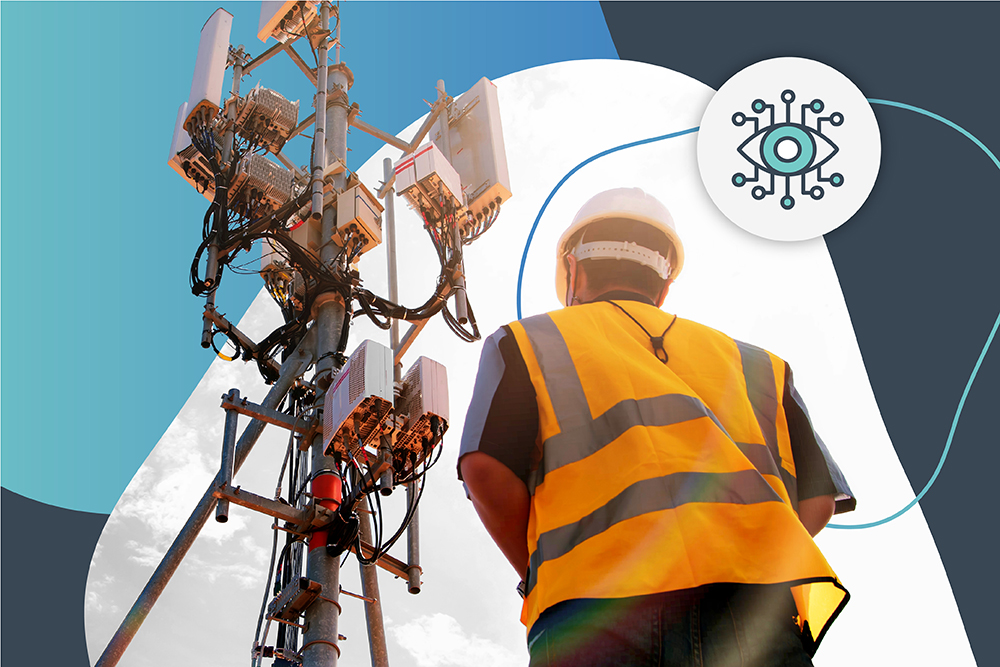How to Turn Your Field Service Company into a Profit Center
Transitioning from a cost center to a profit center can ensure the success of your field service organization in 2021. A ‘cost center’ is a division...
3 min read
 ServicePower
:
August 26, 2025
ServicePower
:
August 26, 2025

In the telecom, energy, and utility sectors, quality isn’t just a metric — it’s a mandate. When field service work falls short, the consequences ripple fast: delayed network rollouts that impact revenue, ballooning costs, customer frustration, and lost revenue.
The solution?
Utilize AI to automate quality control and compliance workflows. And for good reason: in telecom, energy, and utilities, quality errors don’t just cost time, they cost revenue, safety, and customer trust.
But automation without accuracy is just another liability.
That’s why computer vision systems built specifically for infrastructure players are needed. This includes models that can be trusted to make real-world decisions in real time – at job sites. Only a platform that encompasses this can truly automate quality assurance workflows at scale, doing so with complete reliability and cost efficiency.
Vision AI allows organizations to analyze images from job sites and detect quality issues before they escalate, thereby reducing work and improving efficiency at scale.
Here’s how it’s done – and why it matters.
Most Vision AI systems on the market weren’t built for field work. Instead, they rely on general-purpose models or off-the-shelf image processing frameworks. These systems fail for one simple reason: they weren’t trained with the right data, under the right conditions, or with the precision required for field compliance. They are operating with insufficient domain context. They may see the image, but they don’t truly understand it.
This leads to several shortcomings of generic Vision AI models:
In field service operations, “maybe right” or “almost right” are failures. You can’t roll trucks or delay rollout plans based on unreliable results.
With the understanding that generic models don’t work for field service, the best way forward to improve quality at scale requires building specific models to address real-world use cases:
The goal of better AI computer vision is to deliver real operational benefits, and here’s where these models shine:
There’s no point in “AI-driven QA” if the model used is wrong 20% of the time – or more.
That’s not transformation – that’s high risk and putting too much on the line: workforce productivity, customer experience, cost, and operational efficiency.
With the right data, the right team, and domain-specific design, computer vision can finally deliver the accuracy that field service operations demand – and do it at a price that can scale.
Vision AI that works on the ground in the real world requires models that understand the work.
Ready to bring reliable and accurate Vision AI into your field service stack?
Vision AI is used by major fiber and utility players with performance benchmarks that exceed 95% accuracy in production environments.
Learn how we deliver Vision AI that delivers accurate QA – at scale.

Transitioning from a cost center to a profit center can ensure the success of your field service organization in 2021. A ‘cost center’ is a division...

Many consumers have become skeptics, questioning the validity of product value, casting doubt on big claims, and reluctantly engaging in long-term...

Whether you manage your organization’s accounts payable department or contractor recruitment, you should care about Tax Identification Number (TIN)...